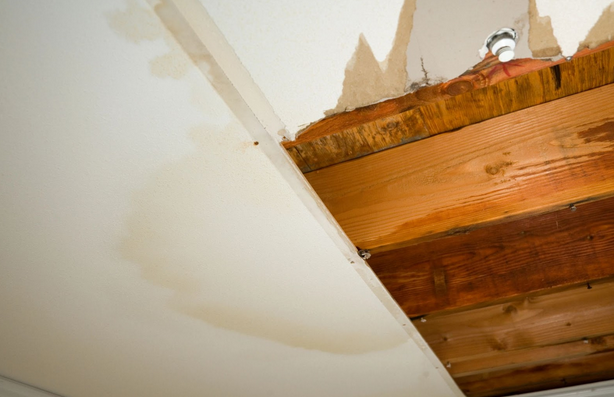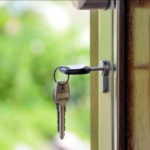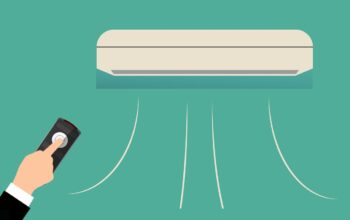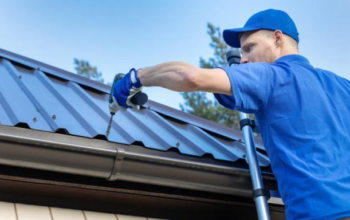Water leaks can pose a silent, yet devastating risk to homeowners, causing extensive structural damage and financial loss if left unattended. Identifying a leak early, particularly when it’s clandestine and masked within your home’s infrastructure, can save you a bucket of repair expense and stress. In a broad sense, this guide puts a lens on the importance of uncovering and addressing water leaks, harmful habitation issues that may be tucked away from view but should never be ignored.
Let’s dive into understanding what water leak is, its common signs, how to detect it, preventive measures, and how to fix it. The article also examines the profound implications of water leaks, emphasising the serious potential harm if unnoticed or neglected.
Understanding Water Leaks and Their Implications
Water leaks transpire when water escapes from the plumbing system, especially from joints, pipes, or seams, often alluding to a fault. These leaks are many times concealed behind the walls or underneath floors, making them difficult to detect but inflicting considerable damage.
Seeping beyond the realm of visible damage, water leaks, particularly those that remain hidden, can lead to severe structural and health hazards. When water steadily infiltrates surfaces, it can contribute to the growth of mould, decay, and foundational instability. If that’s not enough, such leaks can elevate your water bill significantly, gradually sapping your financial resources.
It’s important to note that hidden water leaks aren’t an isolated problem. Statistics show that about 10% of homes across Australia suffer from undetected leaks, with these homes wasting 90 litres or more per day. This not only leads to a considerable waste of precious water resources, but also burdens homeowners with unnecessary expenses.
Common Signs of Hidden Water Leaks
Hidden leaks are deceptive by nature. However, they usually drop clues of their existence. An unexpected hike in your water bill presents a conspicuous sign. If you notice your bill climbing despite your water usage remaining consistent, there’s a good chance a hidden leak is the culprit.
Another telltale sign is the unexplained damp or wet patches on walls, floors, or ceilings. This could signify persistent dampness caused by a leak. Also, the appearance of mould with no evident origin could further indicate a hidden water leak. The persistent sound of water running when all taps are off should ring alarm bells too, indicating water escaping somewhere it shouldn’t.
It’s worth keeping an eye on visual hints including cracks, discolouration, or paint blistering on walls and ceilings, as these often signify lurking water damage.
Detecting a Leak in Your Plumbing System
To locate a leak seems like finding a needle in a haystack but with a strategic approach, the task is feasible. Start with a simple water metre check. Record the reading, avoid water usage for a few hours, and then check it again. If the reading changes, you may have a leak in your plumbing system.
Technology also comes to our rescue in leak detection. Plumbers use sophisticated leak detection technology, including listening devices and thermal imaging equipment, to expose the concealed leaks. Regular monitoring of household fixtures prone to leaks, such as toilets, pipework, showers, and sinks, can aid early detection. If your suspicions remain, it’s always safer to commission professional help.
Preventing Water Leaks: Maintenance Tips
Prevention is priceless when it involves the integrity of your home. It keeps potential leaks at bay and saves you from forking out for costly repairs. Regular plumbing inspections by a professional are paramount to detect minor problems before they burgeon into big headaches.
Proper maintenance of pipes and fixtures should be a routine task. This may involve replacing any worn-out or old faucets, couplings or pipes, and checking for any leaks, rust or corrosion. It’s also a good idea to insulate your pipes against cold weather to avoid freezing and bursting.
By keeping a tab on your water pressure, you can likewise circumvent leaks. High water pressure strains your plumbing system, leading to potential for leaks to develop over time.
The Process of Fixing Water Leaks
Upon discovering a water leak, whether it’s a DIY leak repair or summoning a professional plumber, action needs to be swift and effective. DIY repair is an option for minor leaks and can be executed using various resources such as joint fillers or fitting compounds.
Nonetheless, substantial leaks are not a great arena for experimentation. For those, the risk is too high and a qualified professional plumber should be sought instead. Professionals have the training, equipment and experience to not only conduct repairs effectively but also to check for any other potential leaks or weak points in the system.
Remember, repairs do carry a cost, shaped by different factors like the severity of the leak, its location, and the complexity of the repair. While this can potentially bear implications for your budget, consider it as an investment that safeguards your property in the long run.
Conclusion
In closing, water leak detection and prevention is not a one-off task, but rather a continuous vigilance imperative to uphold your home’s integrity and value. The essence of this comprehensive guide boils down to careful attention to nuanced hints your infrastructure might be dropping, preventive maintenance, and decisive action when a leak is spotted.
Finding and fixing a water leak may appear exasperating, but by reading the signs early and responding effectively, the process can seem less daunting. Remember, as the old adage goes, “A stitch in time saves nine.” Maintaining that stitch in your plumbing system safeguards your home while conserving Australia’s precious water resources.
Related Posts













One thought on “Uncovering Hidden Water Leaks: Signs You Shouldn’t Ignore”
Comments are closed.